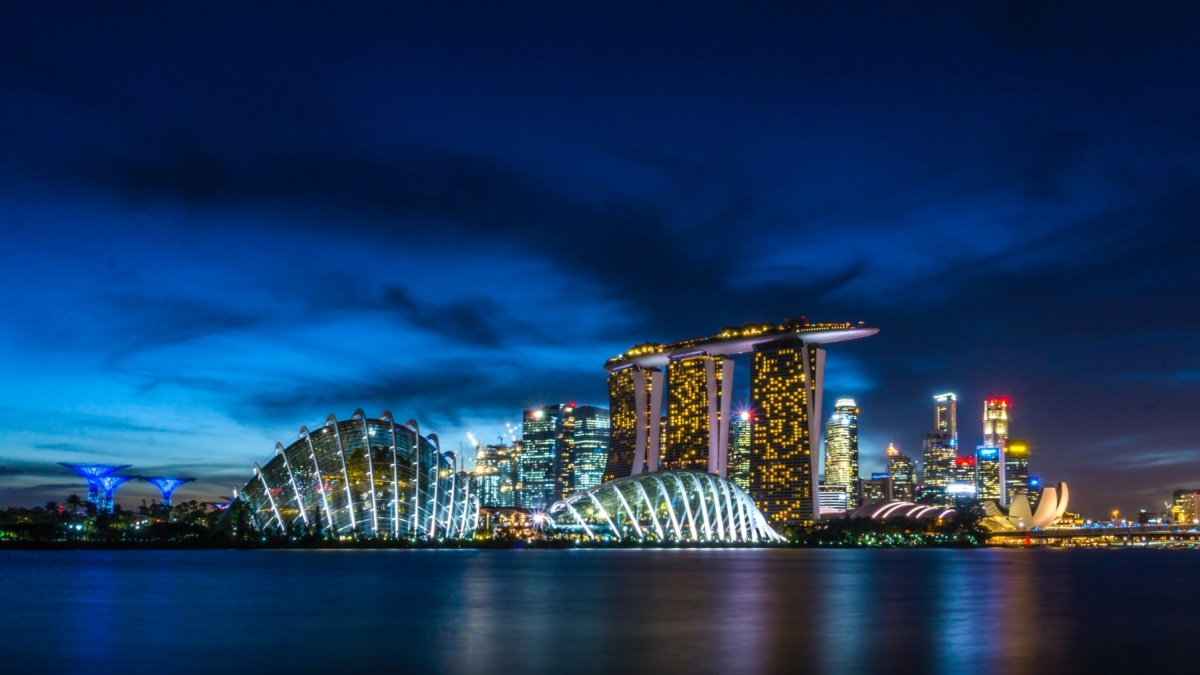 /Unsplash
/Unsplash
How will SG implement the hydrogen strategy for net zero 2050 target? Wong explains
The market will study using ammonia for power generation.
To support the Lion City’s commitment on net zero by 2050, Deputy Prime Minister and Minister for Finance Lawrence Wong unveiled their strategy to deploy hydrogen domestically and work with institutions to create a hydrogen supply chain in Asia.
At the Singapore International Energy Week, Wong presented the five key thrusts of the hydrogen strategy.
One way is the experiment of using advanced hydrogen technologies by launching an expression of interest for a small-scale commercial project on using ammonia for power generation, “including developing ammonia supply chains to also support marine bunkering needs.”
“Such a project will allow us to assess the viability of ammonia – as both a hydrogen carrier and as a direct fuel – and develop regulations and ecosystem to support it,” he said.
The government will also fund the Phase 2 of the Low Carbon Energy Research (LCER) Programme. An additional $129m was set aside for the programme, which was launched in October last year with over $55m awarded projects for Phase 1.
“Through collaborations between academia and industry, we aim to unlock key technological bottlenecks so that Singapore is able to import, handle and utilise low-carbon hydrogen and its derivatives safely and at scale,” Wong said.
The government will also collaborate with industry and international partners to scale up supply chains for low-carbon hydrogen into power.
There will also be workforce training in relation to this strategy. Which is why, the government will work with the education industry to launch training for opportunities in advancing the hydrogen supply chain.
























 Advertise
Advertise






